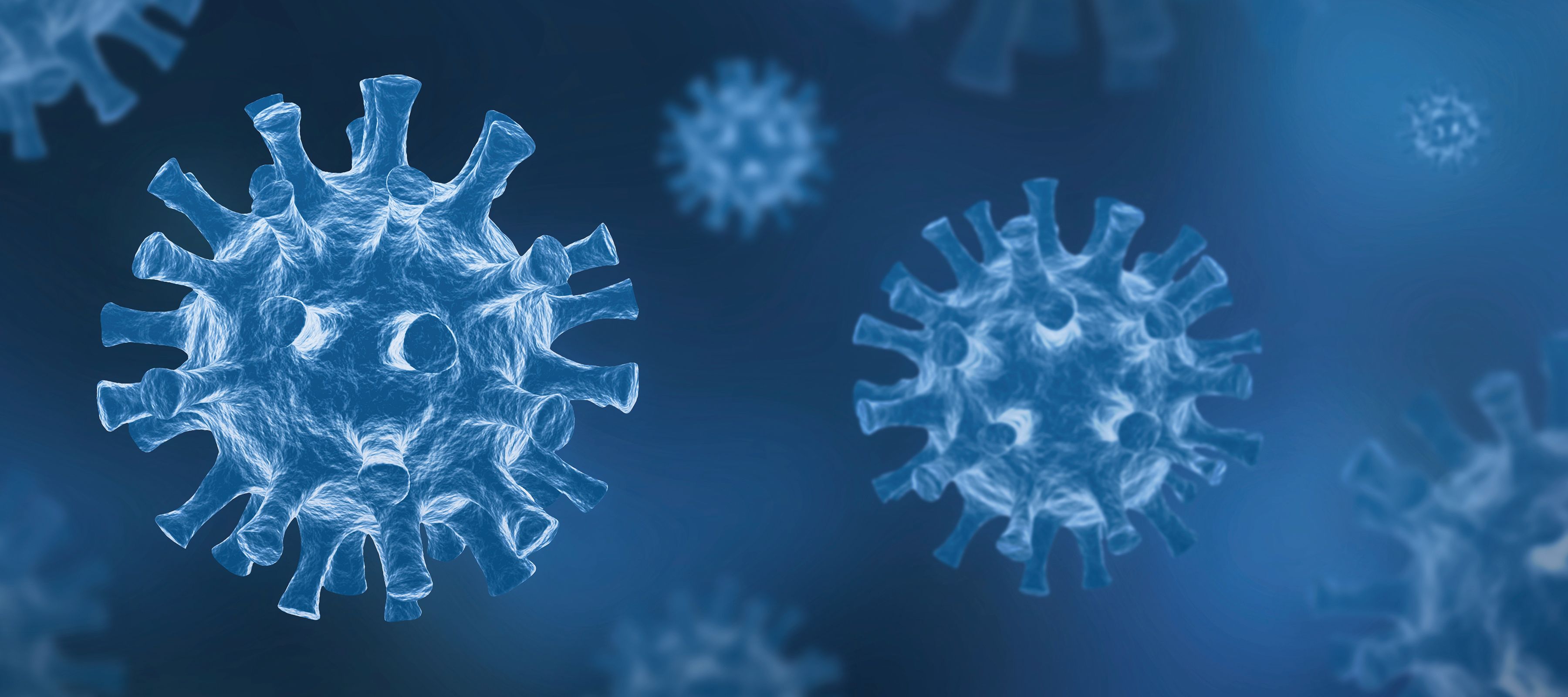Dentists Dealing with Viruses…Yes, That One Too
Fighting computer viruses is still critical, but now it’s equally key to prevent the spread of viruses in the air.
JEROME CRONENBERGER / STOCK.ADOBE.COM

As a technology expert, I spend a lot of time evaluating computers and software systems. But that’s hardly the only source of technology in dental offices. Practices are becoming more and more high-tech in many other ways.
As I mentioned in previous columns, I feel that ransomware, the class of viruses that lock your files and require that you pay a “ransom” to get the unlock key, is one of the biggest threats to the health of your dental practice.
However, in 2021, unless you have been living under a rock (a very, very large rock), then you know there’s another virus that gets a lot more attention recently. Of course, I’m talking about the coronavirus disease 2019 (COVID-19) pandemic. Many experts believe that it is here to stay and dental offices must continue to deal with it.
Even before COVID-19, it was well known that dental offices could be unsafe when it comes to airborne particles. A 2015 article in Business Insider identified the most damaging job to one’s health is that of a dental worker. The findings were based on analysis of the Occupational Information Network, a US Department of Labor database with statistics on 974 occupations and 125 million employees. The dental profession ranked number 1 based on high scores for exposure to contaminants and disease pathogens found in the air of dental offices.1
Altogether, the takeaway is that dental offices really need to stay focused on keeping the air in their offices as clean as possible. The best way to do this is by using an air purifying system. Although there are simple systems like air purifiers and filtration devices, I don’t believe that most are ideal for a dental office. Rather, offices need a more specialized setup to capture the particles and eliminate them; these are often called source capture systems. The best-known example of this is the EnviroKlenz® Source Capture System.
When you are evaluating these systems, here are the things you should look for (and EnviroKlenz has all of them):
1. Look for a directed point of source. Basically, you want a system that you can position, with an adjustable arm, so that it can be near the source of bacteria and viruses (the patient and you and your team), not stuck in a corner far away from everyone.
2. You need a HEPA filter (H13). HEPA filters have been used for years to capture harmful dust, particulates, allergens, pet dander, microorganisms, and more.
3. Check for efficacy. Ensure that the systems you evaluate can eliminate at least 99.9% of harmful pathogens, such as viruses that are as small as 0.025 µm, gram-negative bacteria, and gram-positive bacteria. And, have those results verified by an independent lab.
4. Get UV-C bulbs. These should be located before (and radiating on) the collection side of the HEPA filter. Unlike systems that depend on killing/inactivating the organisms as they pass through the UV-C light in a very short period of time, with these bulbs the UV-C light is continuously shining on the collected organisms with high efficiency of kill.
5. Find an air cartridge that uses an adsorptive neutralization process. The beauty of these air cartridges is that not only do they eliminate pathogens, but they are also effective against toxic or noxious odors and chemicals. Many patients complain about the smells inside a dental office, and now there’s no reason to be one of those practices!
From a COVID-19 perspective, a source capture system is also a huge bonus when it comes to scheduling patients. According to the Centers for Disease Control and Prevention Guidelines for Environmental Infection Control in Health-Care Facilities, the required turnover between patients in a 1000 cubic foot area is around 35 minutes; your typical heating, ventilation, and air conditioning system provides 8 air changes per hour. With a high-efficiency capture device providing an extra 10 air changes per hour, patient turnover is cut almost in half to 18 minutes.
In our current and eventual post–COVID-19 world, I believe that air purification will become the standard of care, and dentists should explore these systems sooner than later.
References
1. Kierz A. The 27 jobs that are most damaging to your health, Business Insider. November 2, 2015. Accessed March 5, 2021. https://www.businessinsider.com/the-most-unhealthy-jobs-in-america-2015-11

ACTIVA BioACTIVE Bulk Flow Marks Pulpdent’s First Major Product Release in 4 Years
December 12th 2024Next-generation bulk-fill dental restorative raises the standard of care for bulk-fill procedures by providing natural remineralization support, while also overcoming current bulk-fill limitations.